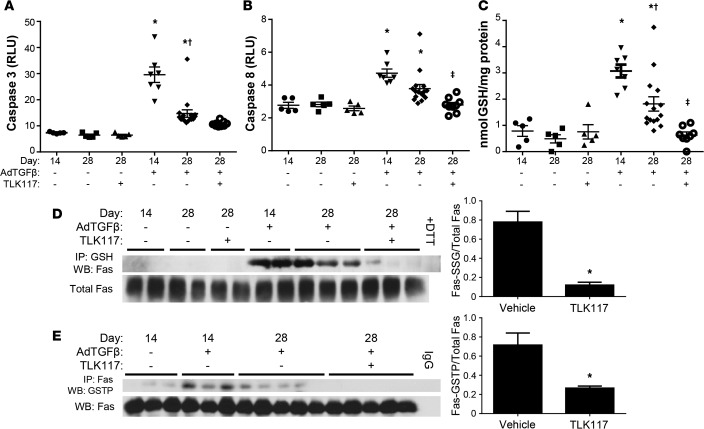Figure 7. TLK117-mediated GSTP inhibition attenuates AdTGFβ-induced caspase activation and protein S-glutathionylation.
Wild-type mice were treated with AdTGFβ and subsequently with TLK117, as described in Figure 5A. (A and B) Measurement of caspase-3 and -8 activity in mouse lung homogenates. (C) Measurement of total PSSG with a modified DTNB assay. (A–C) *P < 0.05 relative to AdCtrl group, †P < 0.05 relative to 14-day AdTGFβ group, ‡P < 0.05 relative to 28-day AdTGFβ/vehicle group by 1-way ANOVA with a Tukey post-test. Shown are pooled data from 2 independent experiments (n = 5–16 per group). (D) Assessment of FAS-SSG by immunoprecipitation of total PSSG and Western blot for FAS. (E) Assessment of FAS-GSTP interaction by immunoprecipitation of FAS from whole-lung homogenates and detection of GSTP by Western blot. Significant differences between 28-day AdTGFβ-treated vehicle and TLK117 groups were assessed by densitometric analysis. *P < 0.05 by 2-tailed unpaired Student’s t test (n = 3 per group for D and n = 3–5 per group for E). The data shown in D and E are representative of 1 of 2 independent experiments. GSTP, glutathione-S-transferase π; FAS-SSG, S-glutathionylated FAS; AdCtrl, control adenovirus; AdTGFβ, adenovirus expressing active TGF-β1; GSH, glutathione; DTT, dithiothreitol; WB, Western blot; IgG, immunoglobulin control.

